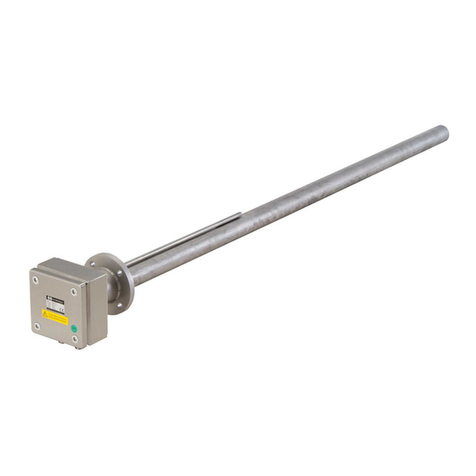
Page 2 of 17
Created on 23.07.2020
Table of contents
Intended use .......................................................................................... 3
General SafetyInstructions ..................................................................... 3
Identify unit ............................................................................................ 4
Type code .............................................................................................. 4
Product specifications ............................................................................ 5
Mounting instructions ............................................................................. 6
Mounting ................................................................................................ 6
Installation general ................................................................................. 7
8.1. Installation ERCH / ERKH ...................................................................... 8
8.2. Installation of units with rotatable element ............................................. 9
8.3. Installation of units with a red hood ...................................................... 10
Commissioning .................................................................................... 10
Controller setting .................................................................................. 11
Limiter setting ...................................................................................... 12
11.1. Limiter reset ......................................................................................... 12
Units with limiter, internal setting ERCB / ERKB .................................. 13
Units with controller and limiter ERCTB / ERKTB ................................ 14
Units with dry-running protection ERCU / ERKU ................................. 15
Repairs ................................................................................................ 15
Remedying malfunctions ...................................................................... 16
Repairs and maintenance .................................................................... 16
Dismantling .......................................................................................... 17
Storage ................................................................................................ 17
Disposal ............................................................................................... 17




























